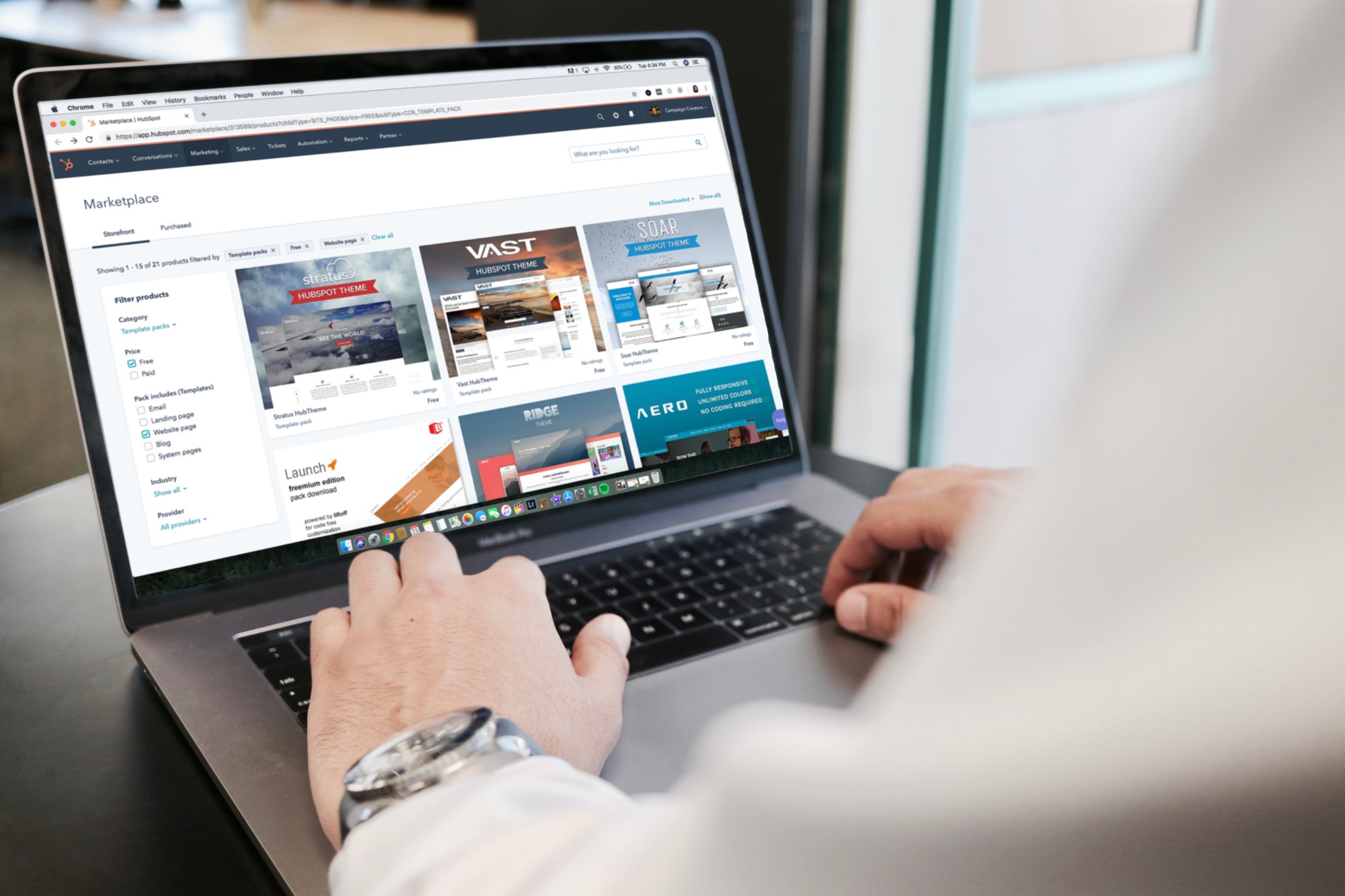With the rapid growth of digital commerce, building responsive e-commerce websites is crucial for capturing the attention of consumers in Agra and beyond. A responsive website ensures a seamless shopping experience across various devices, from desktops to mobile phones, catering to the increasing number of mobile shoppers. Here’s a comprehensive guide on how to build responsive e-commerce websites tailored for Agra’s growing market.

1. Understand Your Target Audience
Research Local Consumer Behavior
- Demographics: Understand the age, preferences, and spending habits of Agra’s consumers. This insight will guide your design and content choices.
- Device Usage: Analyze the devices most commonly used by your target audience. In Agra, mobile devices might be prevalent, so prioritize mobile optimization.
Cater to Local Needs
- Cultural Relevance: Ensure that your website design and content resonate with Agra’s cultural context. Use local languages and imagery that reflect the region’s heritage and craftsmanship.
2. Choose the Right E-commerce Platform
Popular Platforms
- Shopify: Known for its ease of use and robust features, Shopify is a great choice for small to medium businesses.
- WooCommerce: If you’re using WordPress, WooCommerce offers a customizable solution that integrates seamlessly.
- Magento: Ideal for larger businesses, Magento provides extensive customization options and scalability.
Consider Scalability
- Choose a platform that allows easy scalability as your business grows, accommodating an expanding product range and increasing traffic.
3. Prioritize Responsive Design
Mobile-First Approach
- Design for Mobile First: Start your design process with mobile users in mind. Use a mobile-first design strategy to ensure the site is functional and visually appealing on smaller screens.
Flexible Grid Layouts
- Implement a flexible grid system that adjusts content based on screen size. This ensures that images, text, and buttons resize appropriately on all devices.
Fluid Images and Media
- Use CSS techniques to make images responsive. Employ the
max-width: 100%style so images scale according to their containing element without losing quality.
4. Optimize User Experience (UX)
Simplified Navigation
- Intuitive Menus: Create clear and concise navigation menus. Use drop-down menus for categories to make it easier for users to find products.
- Search Functionality: Implement a prominent search bar, enabling users to quickly locate specific products.
Quick Load Times
- Optimize Performance: Compress images and utilize lazy loading to enhance website speed. Faster loading times improve user experience and boost SEO rankings.
Streamlined Checkout Process
- Minimize Steps: Create a simple and efficient checkout process with minimal steps. Allow guest checkout options to reduce cart abandonment rates.
5. Incorporate Effective Branding
Consistent Branding Elements
- Color Palette and Fonts: Use a consistent color scheme and typography that reflects your brand identity. Ensure that these elements are visually appealing on both mobile and desktop views.
- High-Quality Images: Use professional-quality images to showcase products effectively. Good visuals can significantly impact purchasing decisions.
Storytelling
- Engaging Content: Share the story behind your products, especially if they are handcrafted or locally sourced. This connection can resonate with consumers and encourage them to make a purchase.
6. Implement Strong SEO Practices
On-Page SEO
- Keyword Research: Identify relevant keywords that your target audience is likely to use while searching for products online. Incorporate these keywords into product descriptions, titles, and meta tags.
- Descriptive URLs: Create clean and descriptive URLs for products and categories. This helps improve search engine rankings and enhances user experience.
Mobile SEO
- Mobile Optimization: Ensure that your site is mobile-friendly, as search engines like Google prioritize mobile-optimized websites in search results.
7. Enhance Security Features
SSL Certificates
- Secure Transactions: Install SSL certificates to encrypt data transferred between your website and users. This instills confidence in customers regarding the security of their personal and payment information.
Trusted Payment Gateways
- Multiple Payment Options: Integrate popular and secure payment gateways like Razorpay, PayPal, or Stripe to cater to diverse customer preferences.
8. Utilize Analytics and Feedback Tools
Performance Monitoring
- Google Analytics: Use Google Analytics to track website traffic, user behavior, and sales conversions. Analyzing this data helps you understand what works and what needs improvement.
Customer Feedback
- Surveys and Reviews: Encourage customers to leave feedback and reviews. Use their insights to enhance user experience and address any issues promptly.
9. Offer Exceptional Customer Support
Live Chat and FAQs
- Customer Assistance: Implement live chat features to provide instant support. Additionally, create a comprehensive FAQ section to address common queries and concerns.
Post-Purchase Engagement
- Follow-Up Emails: Send follow-up emails to customers after their purchases, thanking them for their business and inviting them to provide feedback. This fosters customer loyalty and encourages repeat purchases.
Conclusion
Building responsive e-commerce websites for Agra’s growing market is essential for local businesses aiming to thrive in the digital landscape. By understanding your target audience, choosing the right platform, prioritizing responsive design, optimizing user experience, incorporating effective branding, implementing strong SEO practices, enhancing security, utilizing analytics, and offering exceptional customer support, you can create an impactful online presence.


No responses yet